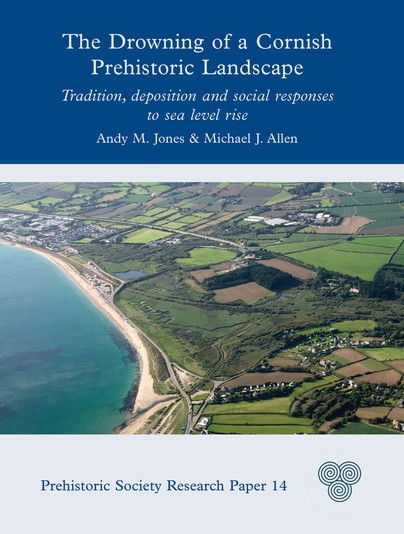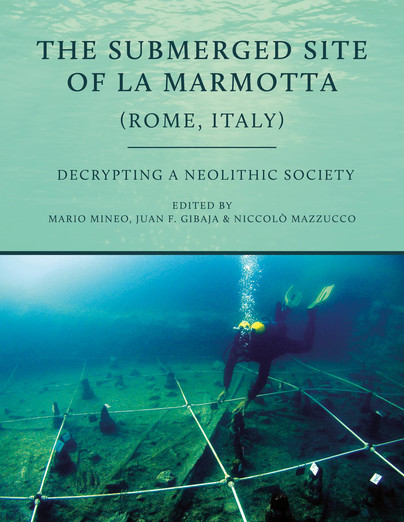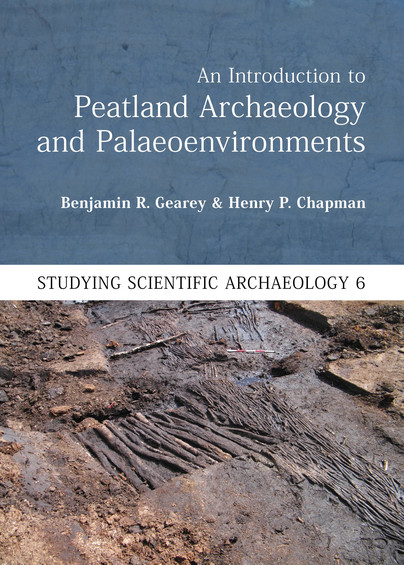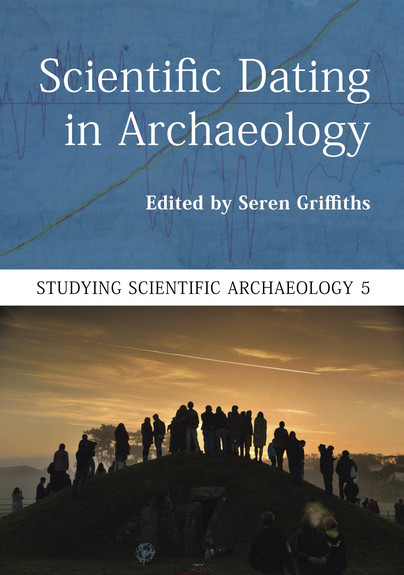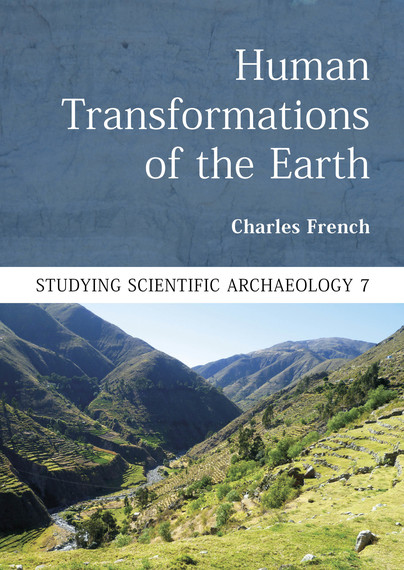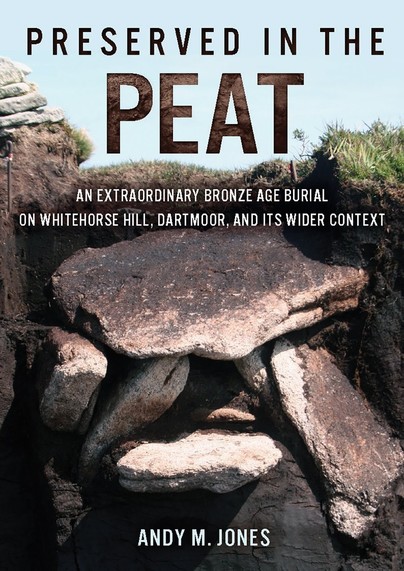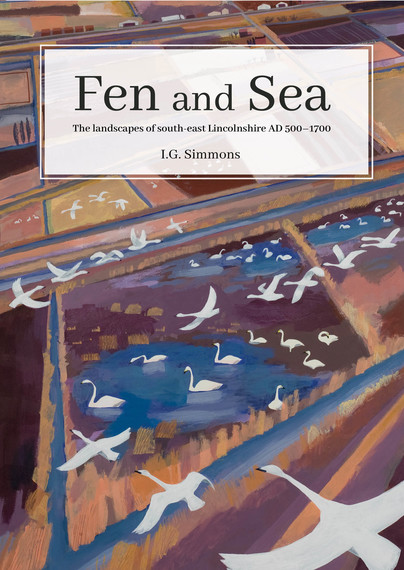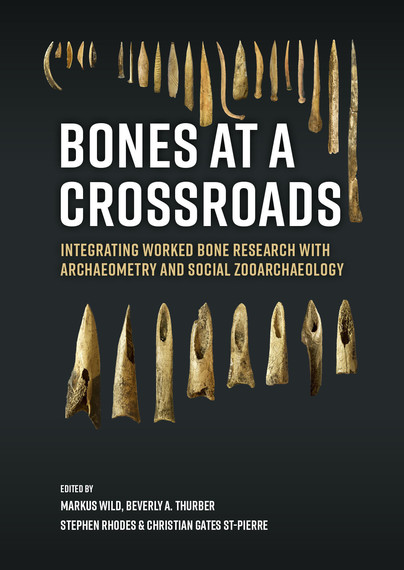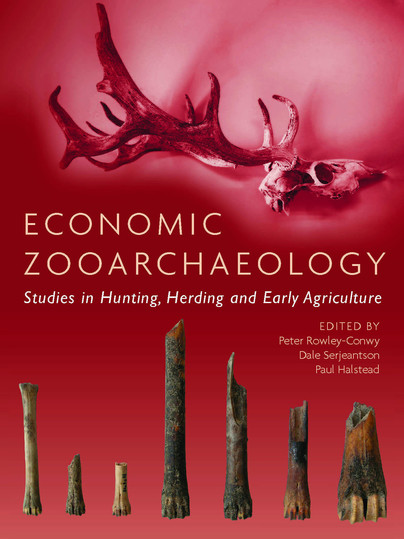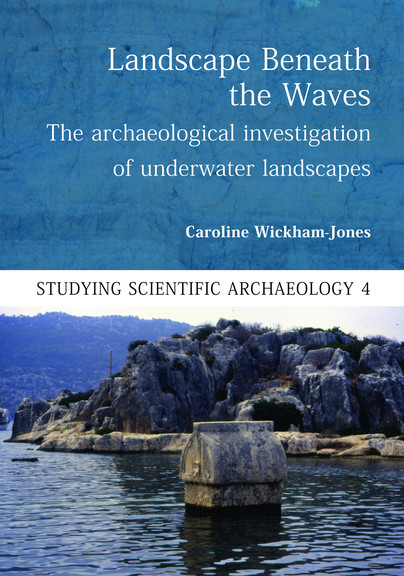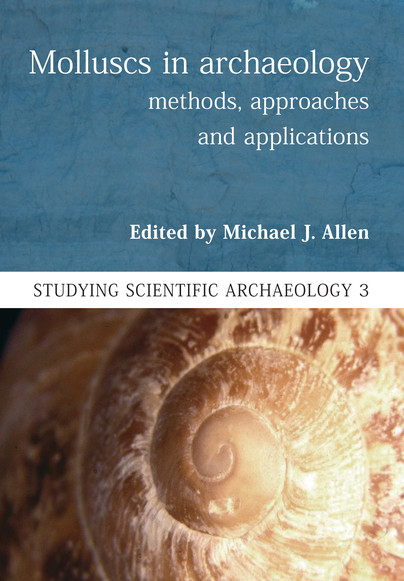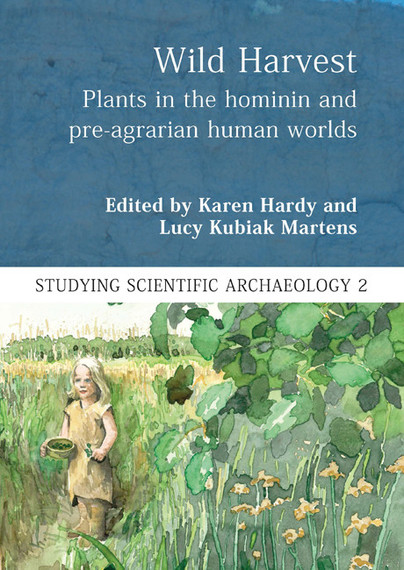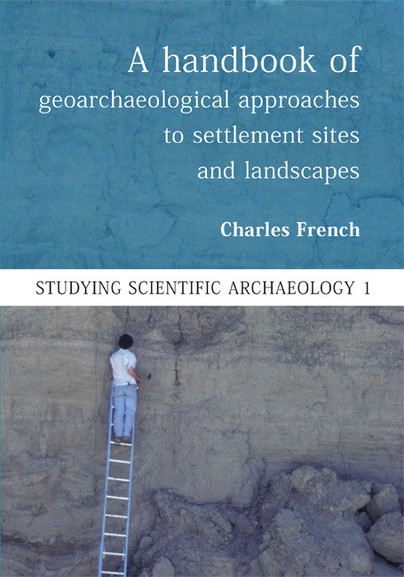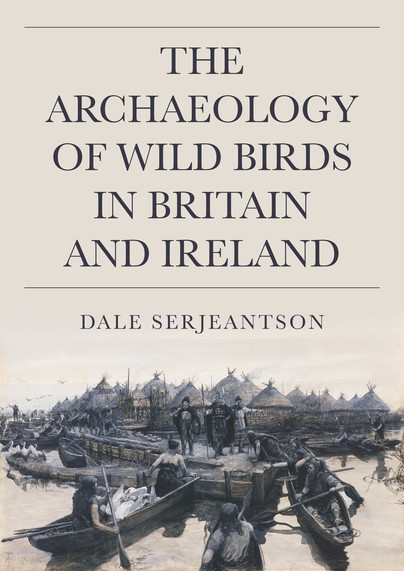
Format: Hardback
Description:
Renowned archaeologist, Dale Serjeantson, tells the story of human engagement with birds from the end of the last Ice Age to around AD 1650. In this book, she integrates the study of archaeological bird remains with ethnography and the history of birds and avian biology. It identifies changing patterns of wetland, water bird and game species through time, and in addition to their food value, examines our changing interactions with them.

